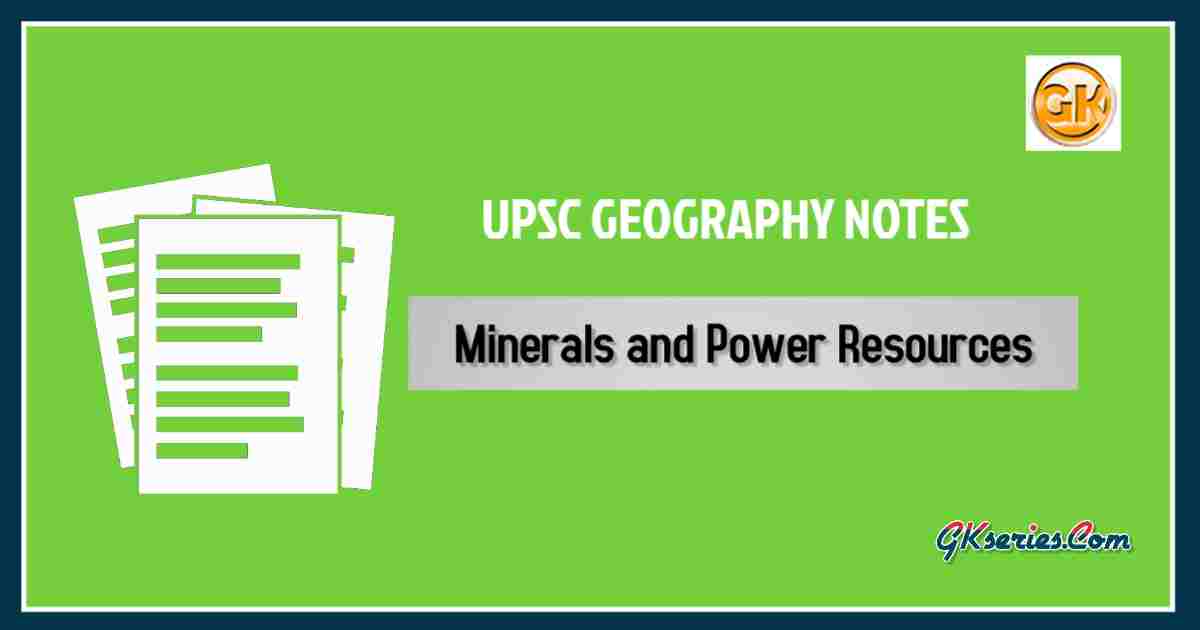
Different regions have access to different renewable or nonrenewable natural resources such as freshwater, fossil fuels, fertile soil, or timber based on their geographic location and past geologic processes.
Access, or the lack thereof, contributes to a place’s economic development, political relationships, and culture.
For example, the Great Plains region of the United States is known for its abundance of fertile soil. As a result, its main industry is agriculture. Corn, soybeans, and wheat are globally exported from this region and serve as the main economy.


